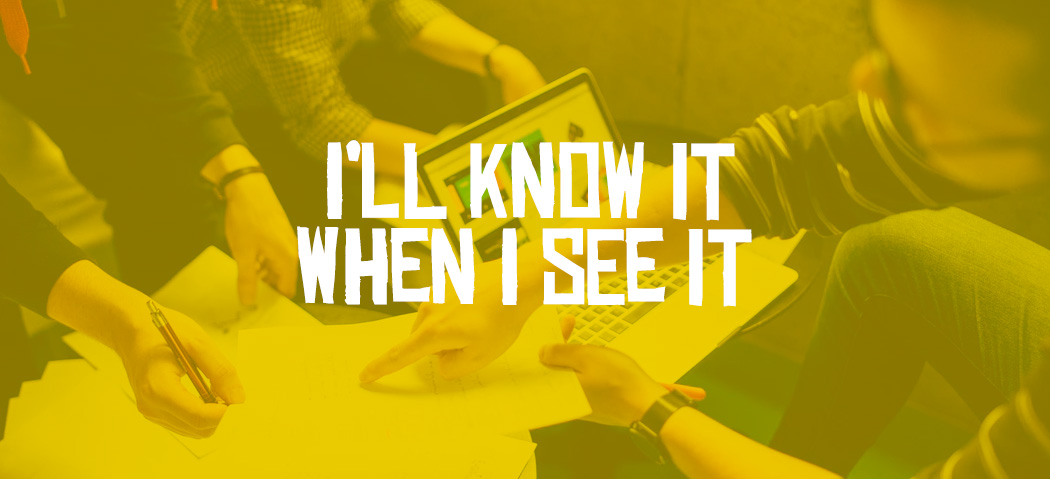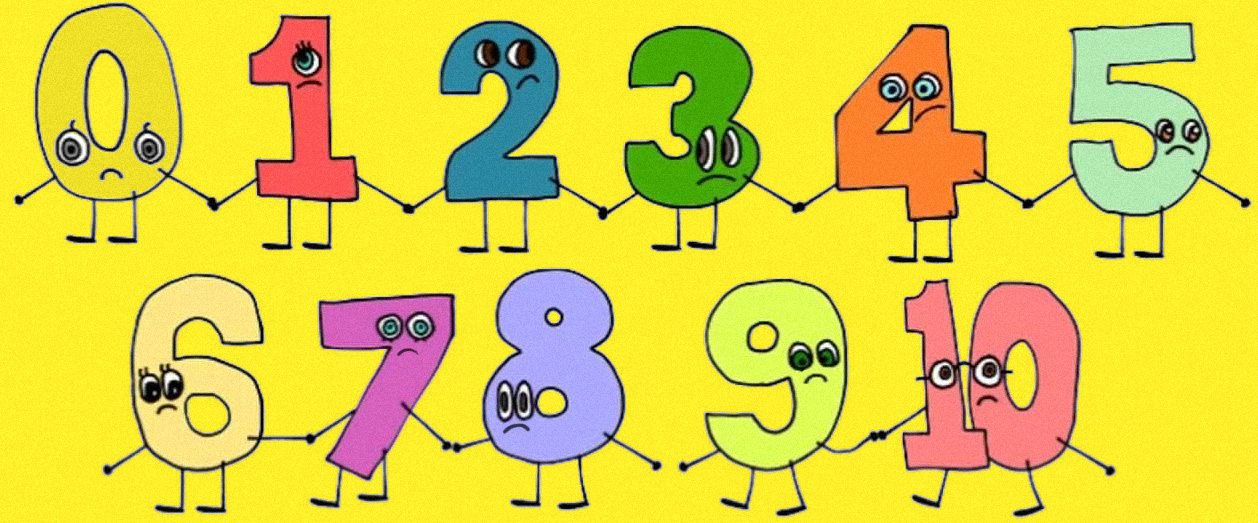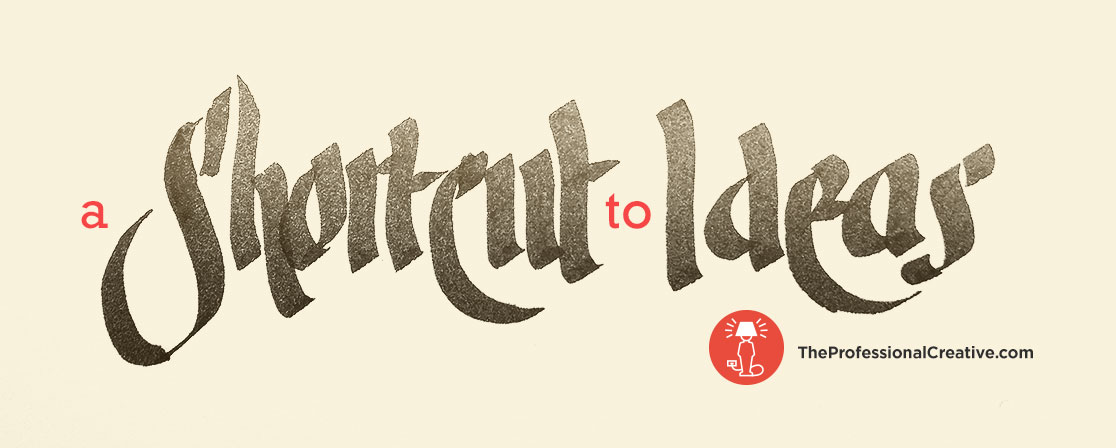To arms, marketers! The battle of the bastard ads is about to start!
Game of Thrones is by far the biggest brand in pop culture right now. With the last season about to start, we can see a flood of brands rushing to associate themselves with the HBO hit show, both officially and unofficially. Everybody wants to rub off some of that sweet sweet mojo GoT has built for itself. Hailed as the "best TV show ever" (and that's pretty fair, because everybody LOVES it, including yours truly), it has become the IT thing in advertising in the last few months.
Oreo re-created the famous opening sequence with – guess – Oreo cookies!
Mtn Dew re-recorded the theme song with the help of Migos.
Bud Light had a Super Bowl spot with The Mountain and a fire-spitting dragon.
Last year, Johnny Walker launched a "White Walker" whiskey. These are just some of the examples out there.
I have to say, even I was pretty happy just to have ads I created in the special edition Entertainment Weekly magazine that came out about Game of Thrones. Any association with the GoT brand gets us ad people giddy.
We can be more creative
On creative grounds, though, this kind of advertising is really not the best we can do. I often say that ads relying on hot celebs, pop culture icons and/or someone else’s intellectual property are the cheapest form of creativity. Even though they are the most expensive to make! And that makes sense, because the brand is effectively buying relevance for its message, rather than creating it.
This follows the Hollywood trend of preferring not to innovate. How many more super hero movies do we freakin' need? And we've already seen Dumbo and Aladdin. But they do it, because they KNOW it's going to do well. It may not do AMAZING, but it will not do bad either. So, why create something new? Big brands in advertising like these safe bets too, and fork out millions to use celebs and OPIP (other people's intellectual property). A big example is Walmart's "Grocery Pickup" commercial, where they use every famous car from movies everybody loves. The commercial was a hit – but let's be real: people love those cars, and the movies they star in. They don't necessarily love Walmart, although it hopes all that love rubs off onto their brand.
That's a bastard ad: the value comes from someone else's IP, not from what the agency created. And that always feels kind of cheap to me, as a creative.
In contrast, there are great ads, TV and otherwise, that we know and love that don't rely on borrowed interest at all. Unilever "Moms", "It's a Tide Ad", Always' "Like a Girl", the list goes on and on. A good example that I love is the iconic Samsung's "Ostrich", by Leo Burnet Chicago. All that value was created in-house, with great ideas.
The role of the creative
The role of creatives in advertising is to add value to a piece of communication by creating a meaningful connection between audience, brand, product and culture. That's hard, and takes talent. It takes creativity. It takes sweat and tears. Adding the DeLorean from Back-to-the-Future to your ad, takes mostly money.
The bittersweet thing is, this tactic works. People eat that stuff up (literally, in the case of Oreos). Brands do get to bask in the glory of Game of Thrones and get their piece of the pie. They meet their KPIs and everyone's happy. And that's part of the business.
Don't get me wrong, I'd jump on the opportunity to have Jon Snow (and Wolf's Claw) in one of my ads – #sofun #blessed #adlife. But I just want to point out that creativity in advertising goes much beyond that. We can CREATE interest, rather than borrow it for a hefty fee. We can innovate. We can transform brands and change the course of the world.
Let's not fall into the Hollywood trap and just keep re-making, re-booting, and doing what's safe. Creativity is about innovating and pushing the boundaries. That's what the ad industry is really about.





